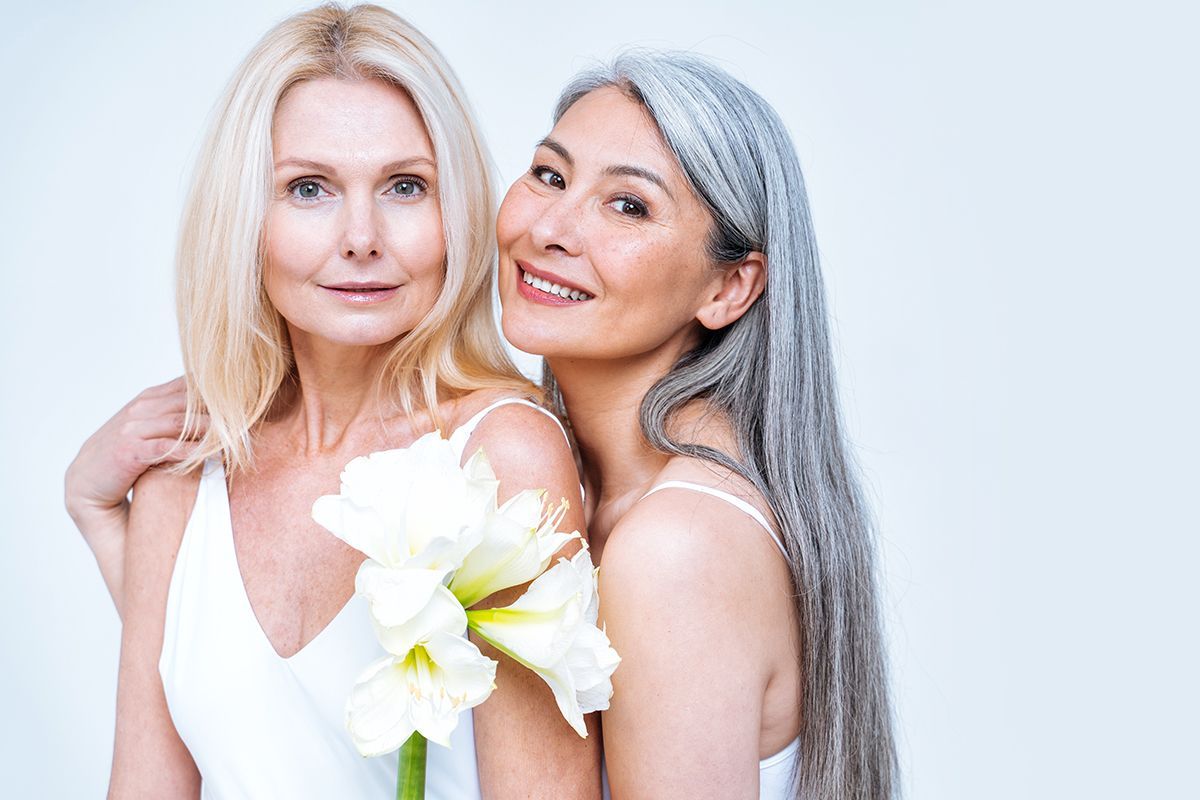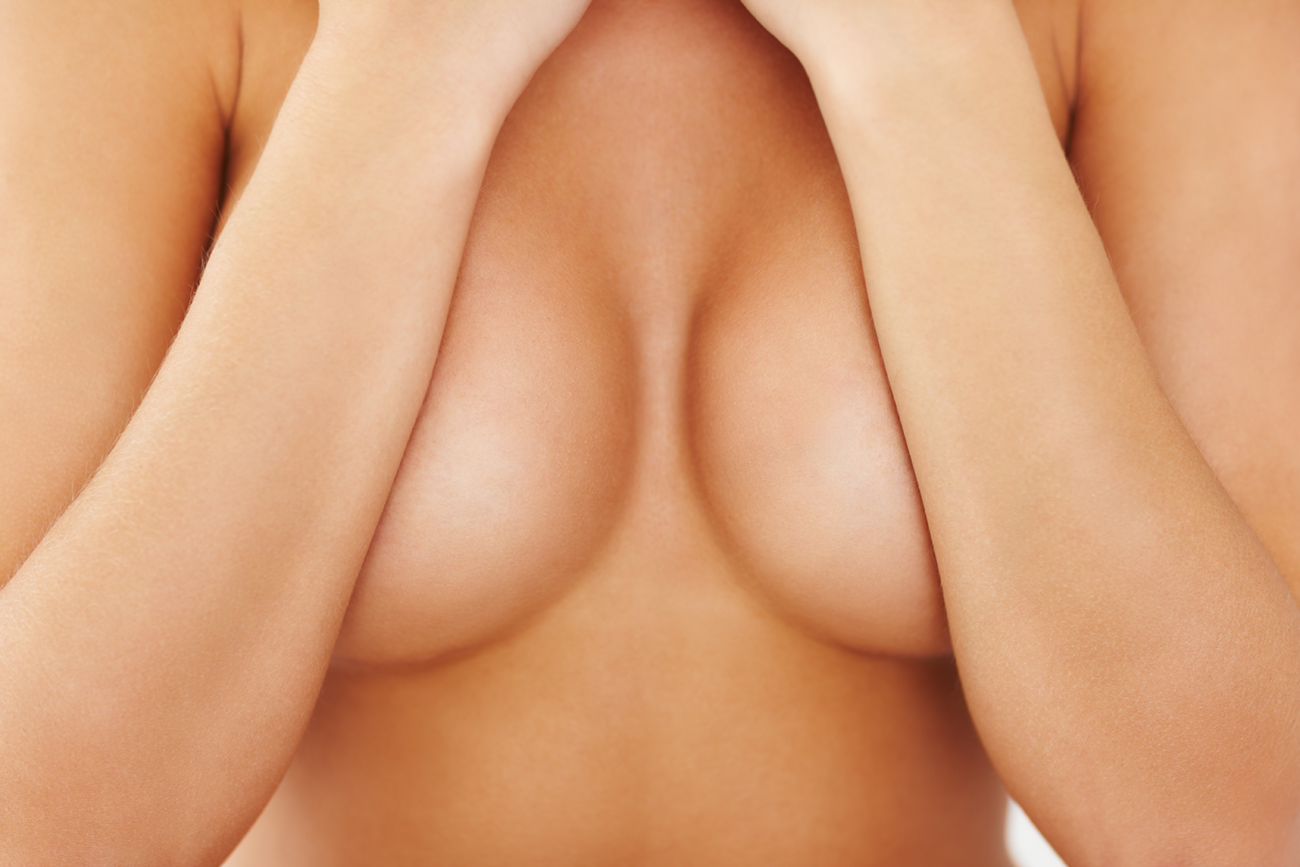The ‘Instagram Face’ Effect: How Filters Are Shaping Our Perception of Beauty

In a world where your morning routine is incomplete without a scroll through Instagram, one thing is becoming more and more apparent: beauty isn’t just about genetics, but pixels. Welcome to the age of the “Instagram Face,” a phenomenon that has radically altered how we perceive beauty, both on a personal level and in a broader cultural sense. With the rise of social media, and particularly Instagram’s filters, a new set of beauty standards is taking shape—one that is curated, edited, and often unrecognizable from real life. But while filters may promise a quick fix to imperfections, they’re leaving behind a trail of more complicated questions surrounding cosmetic surgery, self-esteem, and the price of perfection on mental health.
The Rise of the 'Instagram Face'
It was once enough to be admired for having a “classic” or “natural” look, but today, the term “Instagram (or Insta) Face” is dominating conversations about beauty. This increasingly popular term refers to a highly stylized, almost plastic-looking aesthetic that has become the new standard on social media platforms like Instagram. It’s a face that’s symmetrical, smooth, and often enhanced in ways that are hard to distinguish from reality. It’s characterized by a well-defined jawline, a nose that appears slimmer and more sculpted, high cheekbones, plump lips, and clear, pore-less skin—all of which are often the result of strategically applied filters and editing tools.
For many influencers and celebrities, creating the “perfect” image for their feed has become a daily ritual. Instagram offers a dazzling range of filters, from the famous "face-slimming" filter to the dewy-skin effect, and even enhancements like “eyelash extensions” or “teeth whitening.” These filters do more than just smooth out skin or give a subtle glow. They actively redefine what beauty looks like, making it virtually unattainable without the help of technology. It’s become the baseline for “acceptable” beauty in the digital era.
But beyond the filter, a new set of expectations is emerging—one that is deeply rooted in the desire to look like the images we’re bombarded with online. Instagram is no longer just a platform for sharing moments from our lives; it has morphed into a mirror, reflecting not reality, but an idealized, hyper-curated version of ourselves. The Instagram Face has come to represent the pressures of digital perfection.
Filters and the Surge in Cosmetic Procedures
As the “Instagram Face” gains more traction, so does its influence on the cosmetic surgery industry. What was once an intimate decision now feels more like a social norm, with cosmetic procedures becoming increasingly accessible and acceptable. The demand for procedures that mimic Instagram filters has skyrocketed in recent years, with people seeking out surgeries to match the virtual images they see on their screens. The question isn’t whether you’ve considered surgery, but what kind of surgery you might want to undergo.
Plastic Surgeons are noticing a surge in consultations driven by the desire to look like someone’s Instagram filter. A 2021 survey conducted by the American Academy of Facial Plastic and Reconstructive Surgery revealed that 72% of surgeons reported seeing an increase in patients requesting cosmetic procedures inspired by images on social media. From rhinoplasties (nose jobs) to lip fillers and Botox, cosmetic enhancements have become part of a larger conversation about achieving a social media-perfect face.
The “Instagram nose” is a prime example of this phenomenon. This nose is often defined as a smaller, more refined version that is highly symmetrical. Many clients walk into surgeon’s offices with photos of influencers or celebrities, requesting a “filter nose” or a “nose like Kim Kardashian’s,” a clear sign that Instagram’s standards of beauty have seeped into our real-world desires.
Similarly, plump lips, once a subtle enhancement, are now trending in an exaggerated, fuller form, thanks to Instagram filters that give lips a glossy, luscious appeal. And let’s not forget the widespread use of cheek fillers, which can create the sculpted bone structure commonly seen on Instagram influencers.
While these procedures are hardly new, their widespread presence today speaks volumes about the role social media plays in shaping our perceptions of beauty. These days, it’s not just about making a subtle change—people want to look like the flawless filters they see online, even if it means drastically altering their natural features. The result is a global market where cosmetic surgery is thriving and evolving alongside the growing digital culture.
Influence of Influencers and Celebrities
Influencers and celebrities are at the forefront of this trend. They often have access to the latest beauty treatments and products. They showcase their transformations on social media, which can inspire their followers to seek similar changes. This creates a cycle where beauty standards are not just set but also constantly reinforced.
Have you ever wondered how many people seek cosmetic procedures to achieve this look? The answer is staggering. Many young adults are consulting for procedures like:
- Lip fillers
- Cheek implants
- Rhinoplasty
The desire to replicate the 'Instagram Face' has led to a significant increase in these procedures. It’s not just a trend; it’s a cultural phenomenon.
The Psychological Toll of Filtered Perfection
Behind the glossy images and filtered selfies lies a more complicated story. As more people buy into the idea that beauty equals perfection, the psychological toll of these digital alterations has become a growing concern. The emotional scars left by a distorted perception of beauty can be long-lasting.
Studies suggest that social media can significantly impact body image, leading to increased anxiety, depression, and overall dissatisfaction with one’s appearance. According to the American Academy of Facial Plastic and Reconstructive Surgery, over 40% of people who have had cosmetic surgery admit that their decision was influenced by images seen on social media platforms like Instagram. It’s not just about improving a feature—it’s about chasing an idealized, almost unattainable version of yourself that exists only in a curated world of filters.
Social media’s impact on self-esteem has also been widely documented. With constant exposure to heavily edited content, users, particularly younger generations, may begin to internalize these images as standards to which they must measure up. This can lead to “filter dysmorphia”—an intense obsession appearance and a need to replicate the edited versions of beauty based on what is showing up on social media feeds.
What’s more, filters have set a bar so high that people have started to no longer feel comfortable in their own skin. In the quest for perfection, many are choosing to enhance or alter features, even when they have no noticeable flaws, simply because they feel they don’t measure up to the “Instagram ideal.”
The Power of Real: A New Vision of Beauty
Filters have completely changed the way we see beauty, but they’ve also sparked a bigger conversation about what true beauty really means. The “Instagram Face” shows us that beauty is highly personal, shaped by outside influences. But social media has taken it a step further, turning beauty into something that’s increasingly tied to digital editing.
However, change is on the horizon. Movements like #NoFilter and #InRealLife are pushing back against the idea that beauty has to be flawless or artificially perfect. These campaigns encourage people to embrace their natural selves, flaws and all. Some influencers and celebrities are even posting unfiltered, raw photos, showing their audiences that authenticity is not just a trend—it’s a core part of being human.
There’s also a growing backlash against excessive photo editing and cosmetic surgery. People are calling for more diversity, with a focus on expanding beauty standards to be more inclusive. We’re seeing a shift toward celebrating a wider range of body types, skin tones, and facial features. While technology can help people experiment with different looks, it’s important to remember that the “Instagram Face” is only one version of beauty—not the only one.
Key Takeaways
- The “Instagram Face” Mirrors a Bigger Shift: Social media has sped up a cultural shift toward perfection, where only the most polished versions of ourselves are on display. Filters and cosmetic surgery are reshaping beauty standards, but they also affect how we see—and feel about—ourselves.
- Beauty in Balance: While it’s fun to experiment with filters and tweaks, it’s vital to maintain balance. True beauty isn’t just about achieving digital perfection; it’s about embracing your natural self and feeling confident, with or without the filter.
- The Emotional Impact is Real: The drive for perfection can take a serious toll on self-esteem. We must be aware of the psychological effects of striving for an ideal that may not be attainable and learn to focus on self-acceptance, not comparison.
- Redefine Beauty on Your Own Terms: Instead of letting a filter define what beauty should look like, take ownership of your own version. Real beauty is about expressing your true self, not just adhering to a digital standard.
- It’s Not About Altering Yourself: The rise of the ‘Instagram Face’ has boosted trends in cosmetic surgery, but it’s important to remember that beauty should come from self-acceptance—not from altering yourself to match a filtered image.
Ready for a Naturally Beautiful New You?
Dr. Sean Saadat is a Beverly Hills Plastic Surgeon specializing in advanced facial and body rejuvenation techniques. Schedule a virtual or in-person consultation to discuss your unique beauty goals with Dr. Sean: Text or Call (310) 269-7173 or Email contact@drseanplasticsurgery.com










